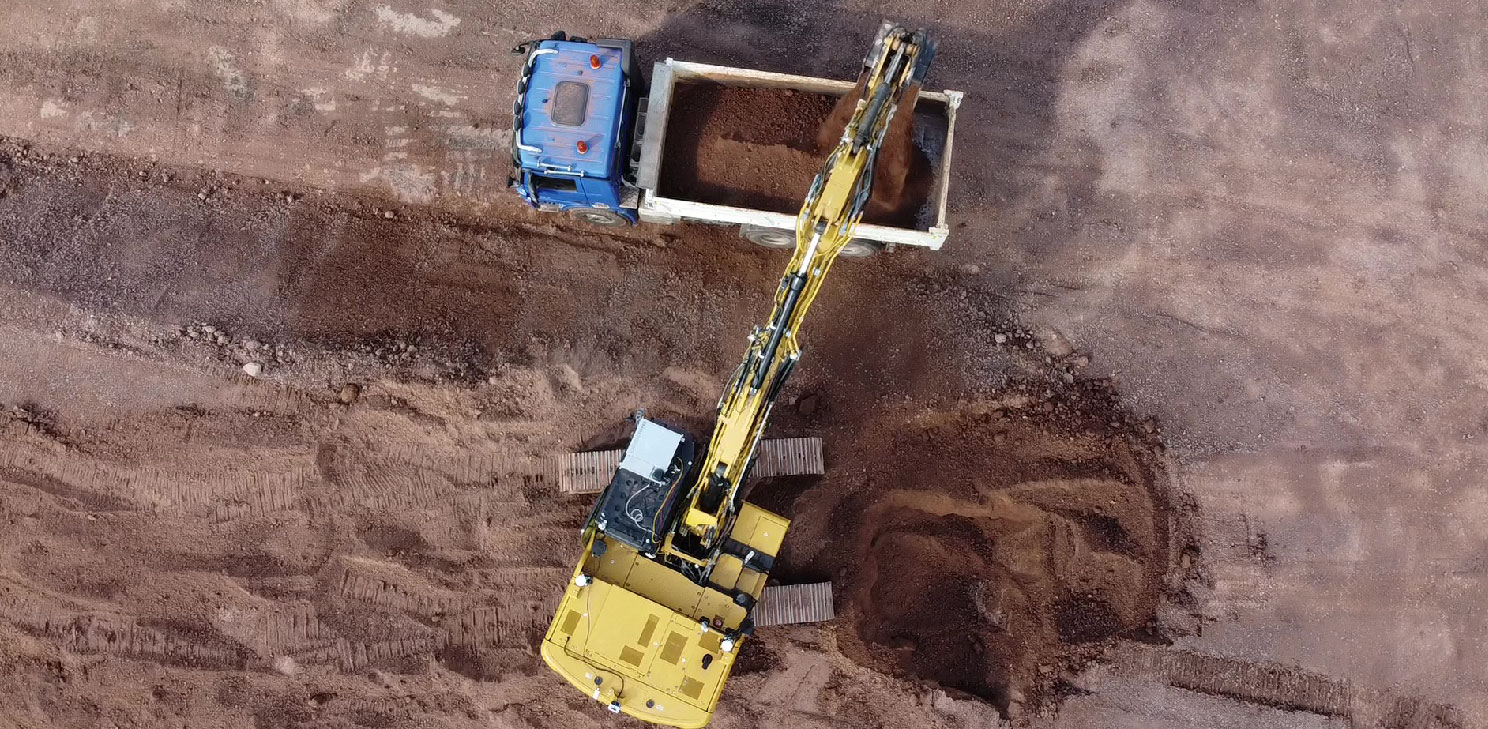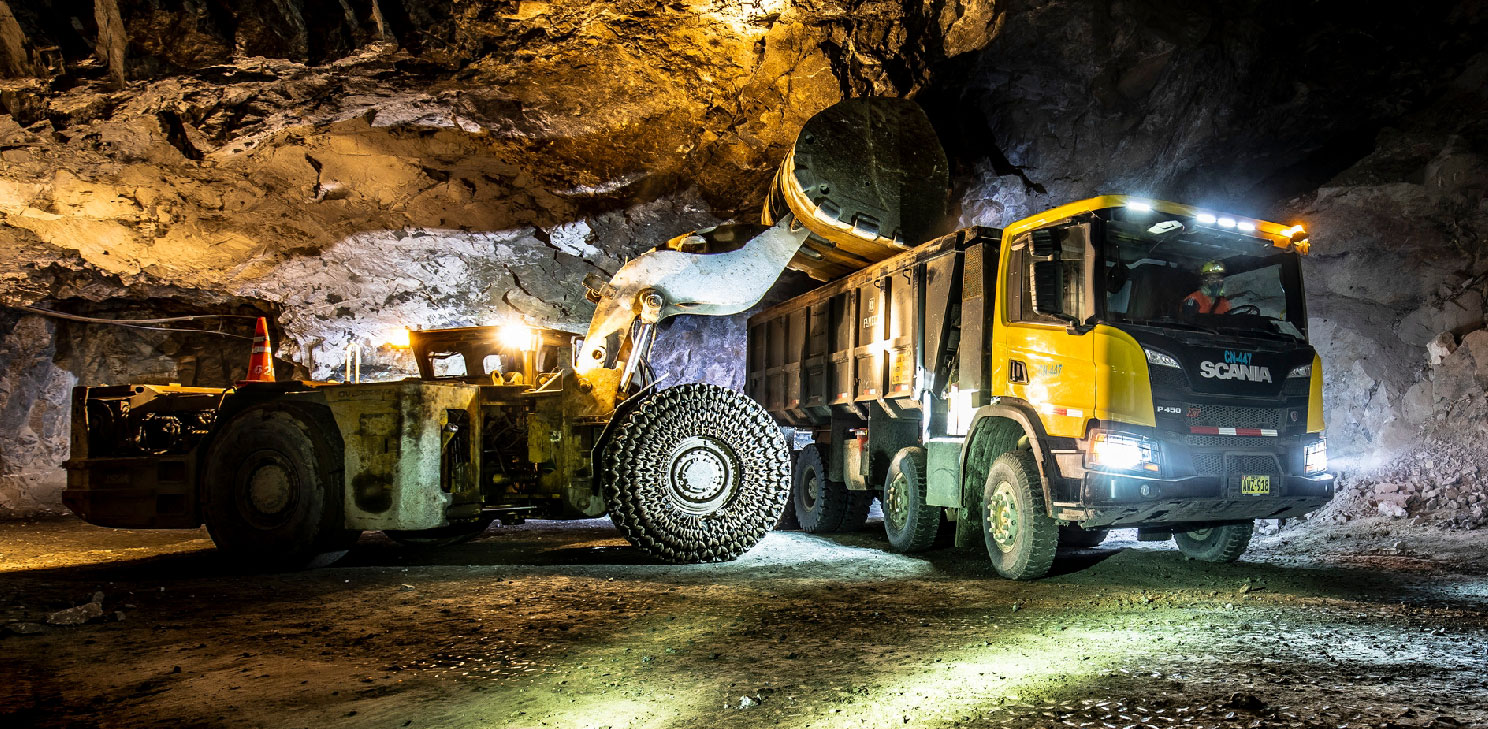ADAS, or advanced driver assistance systems, technology is being used across the world for road vehicles, but it is being implemented in a wide variety of off-highway vehicles as well. However, unlike road vehicles that have traffic laws, road markings, and street maps to rely on, off-highway vehicles do not have these and need more developed ADAS systems with sensors relevant to their unstructured environment. The working environment of an off-highway vehicle not only has to take into account the constantly changing terrain but also the moving parts of the vehicle, such as buckets or forklifts.
Components of ADAS technology consist of an Electronic Control Unit that analyses the data the vehicle collects and uses it for the operation of the vehicle or predictive modelling. RADAR and LiDAR can be used to detect hazards and determine the distance, size, and shape of an object. Cameras are an essential part of an ADAS system and are mounted in multiple places on the vehicle to ensure all views can be seen. They can detect and track objects, giving the driver the advantage of seeing what is in their blind spots so the vehicle can be manoeuvred by the operator. Sensors and cameras can also be used to monitor the operator and their behaviour and alert them to potential safety risks. Off-highway vehicles are often used in crowded and busy environments, and so sensor and camera data can be used in collision avoidance systems that can detect obstacles and alert the operator to hazards.
The integration of ADAS technology into off-highway vehicles is advantageous to operators, companies, and the overall safety of a worksite. It can monitor for potential hazards, watch for pedestrians, and even warn a fatigued or distracted operator with an audible beep. Combined with GNSS, it can also make off-highway vehicles more efficient by providing operators with real-time information about the terrain, weather conditions, and other factors that affect vehicle performance and reduce fuel costs, as well as reducing environmental impact. Off-highway vehicles with ADAS can also operate with greater precision as they can be navigated to exact locations within a site and perform functions with an objective POV that eliminates human error. ADAS technology can help reduce downtime and maintenance costs by providing real-time monitoring and diagnostics of key components such as engines and transmissions, allowing operators to address and identify possible problems beforehand. ADAS can also enhance the comfort and satisfaction of the operator, as there is less need for manual intervention so operators don’t need to be as alert.
However, off-highway vehicles are very different from road vehicles, and so using ADAS will come with its own set of challenges. Cameras and sensors that make up part of an ADAS system would have to be adapted to the harsh nature of the environments that off-highway vehicles work in and not be affected by dust, debris, or vibration, as well as low-light conditions. Sensors and interfaces have not been standardised across different manufacturers and types of off-highway vehicles, so ADAS may be difficult to implement. Off-highway vehicles also require ADAS to be run on limited computing power as they are subject to harsh conditions, limited space, vibration, and power limitations, so ADAS systems must be developed to work despite these limitations. Operators of these vehicles may be resistant to ADAS implementation due to concerns about job security or perceived loss of control, which can be a significant obstacle as operators are crucial to a successful implementation of ADAS.
Motec, an exhibitor at the upcoming Innovatrix DZOMUSA event taking place in Chicago this December, develops and produces cameras designed to withstand the conditions and challenges that an off-highway vehicle demands. They have 30+ years of experience as an established OEM partner and provide customer-specific system solutions, developing customised cameras. Their heavy-duty camera solutions have their software, electronic components, and design tailored to be robust and be used by commercial vehicles and mobile machinery that undergo heavy environmental stress and prolonged use.
Navigating off-road environments presents challenges due to their dynamic and inconsistent nature, which can affect basic autonomous vehicle functions such as obstacle detection and avoidance. As ADAS systems become more sophisticated, they will be used in a wider range of vehicles. This will help to make the off-highway industry safer, more efficient, and more sustainable. To meet Motec as well as other exhibitors at the forefront of off-highway innovations, hear from industry leaders and network with peers, attend the DZOM EXPO, taking place at the Donald E. Stephens Convention Centre in Chicago, IL, on December 3–4, 2024.
For more information, visit our website or email us at info@innovatrix.eu for the event agenda.













